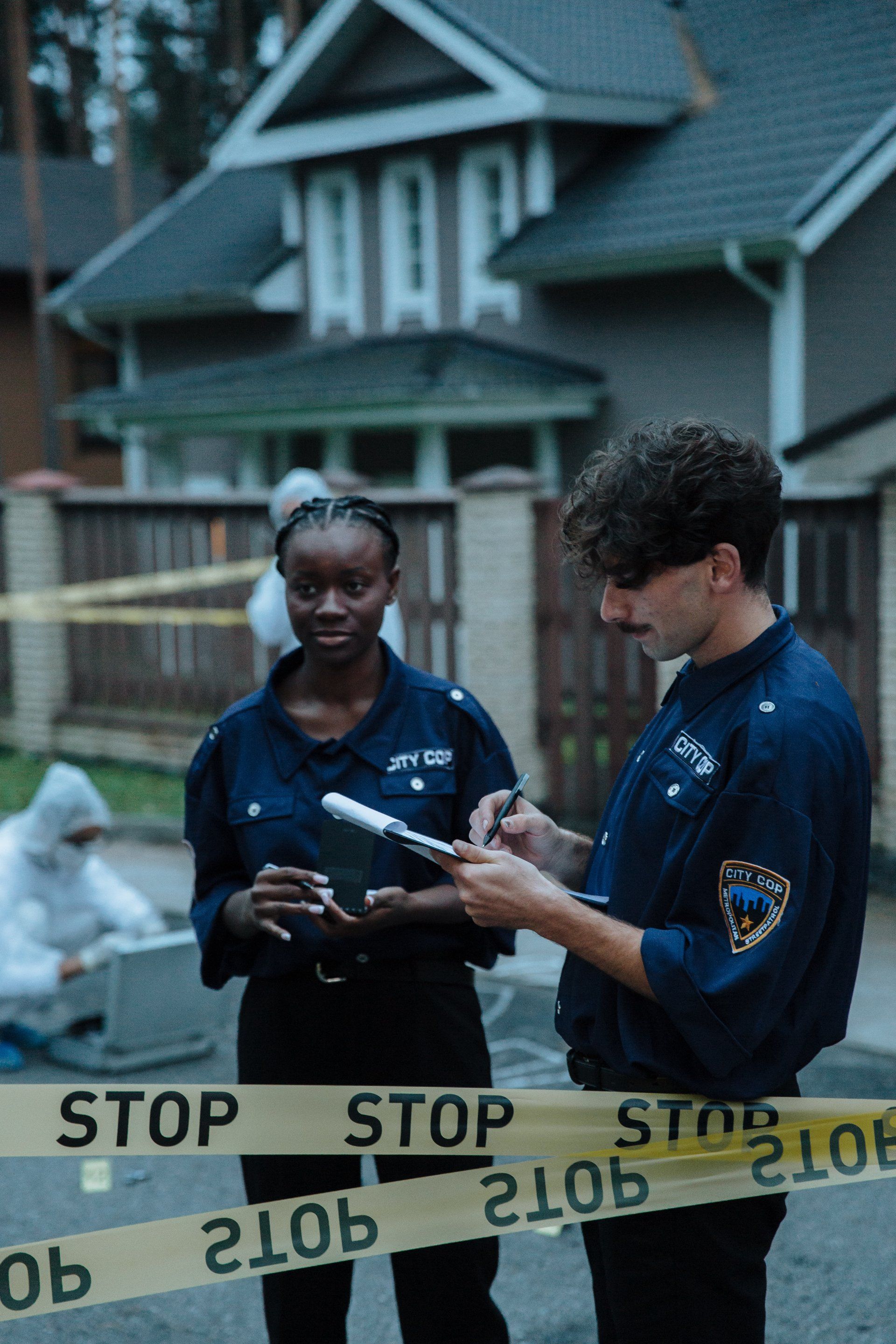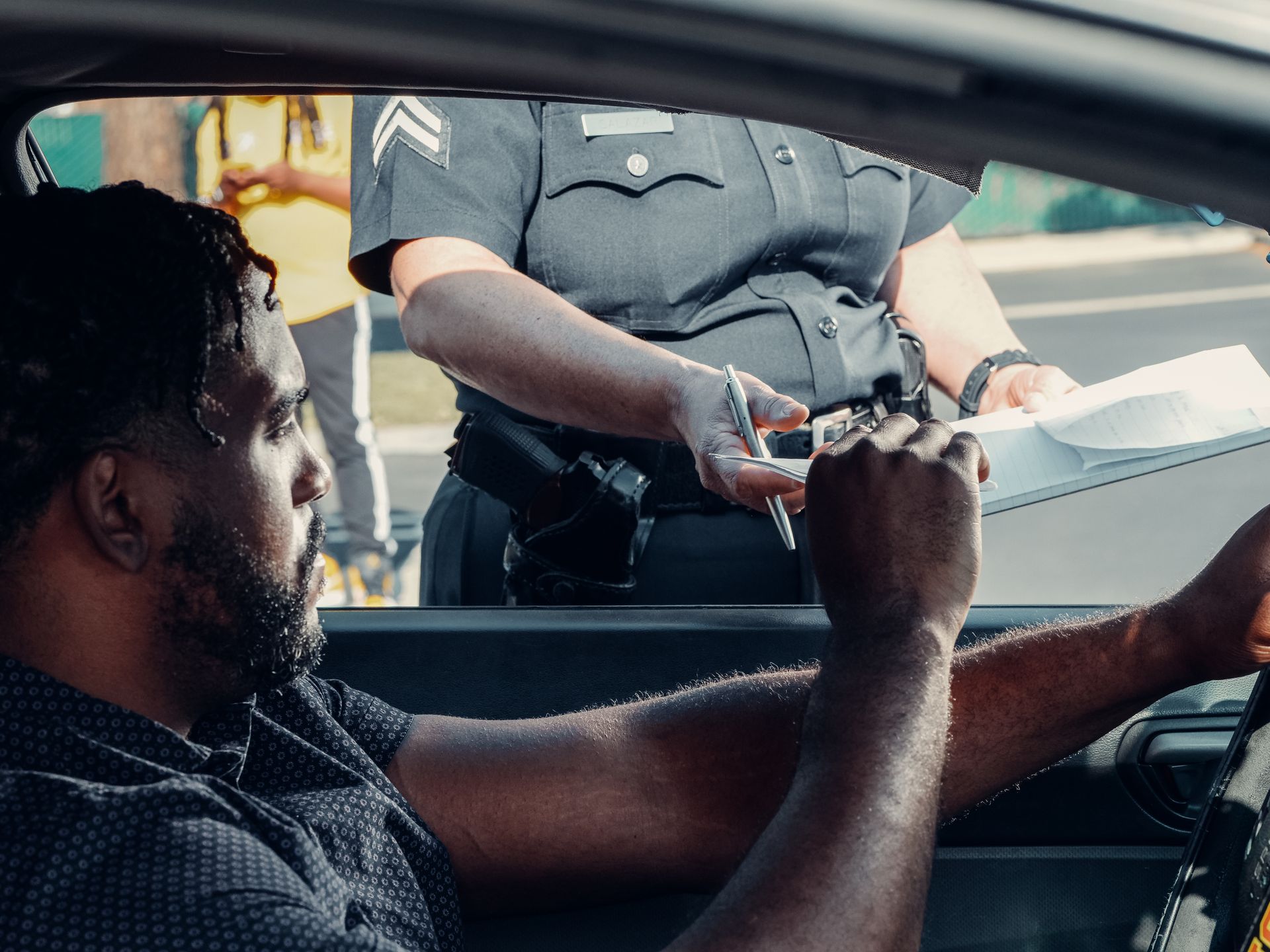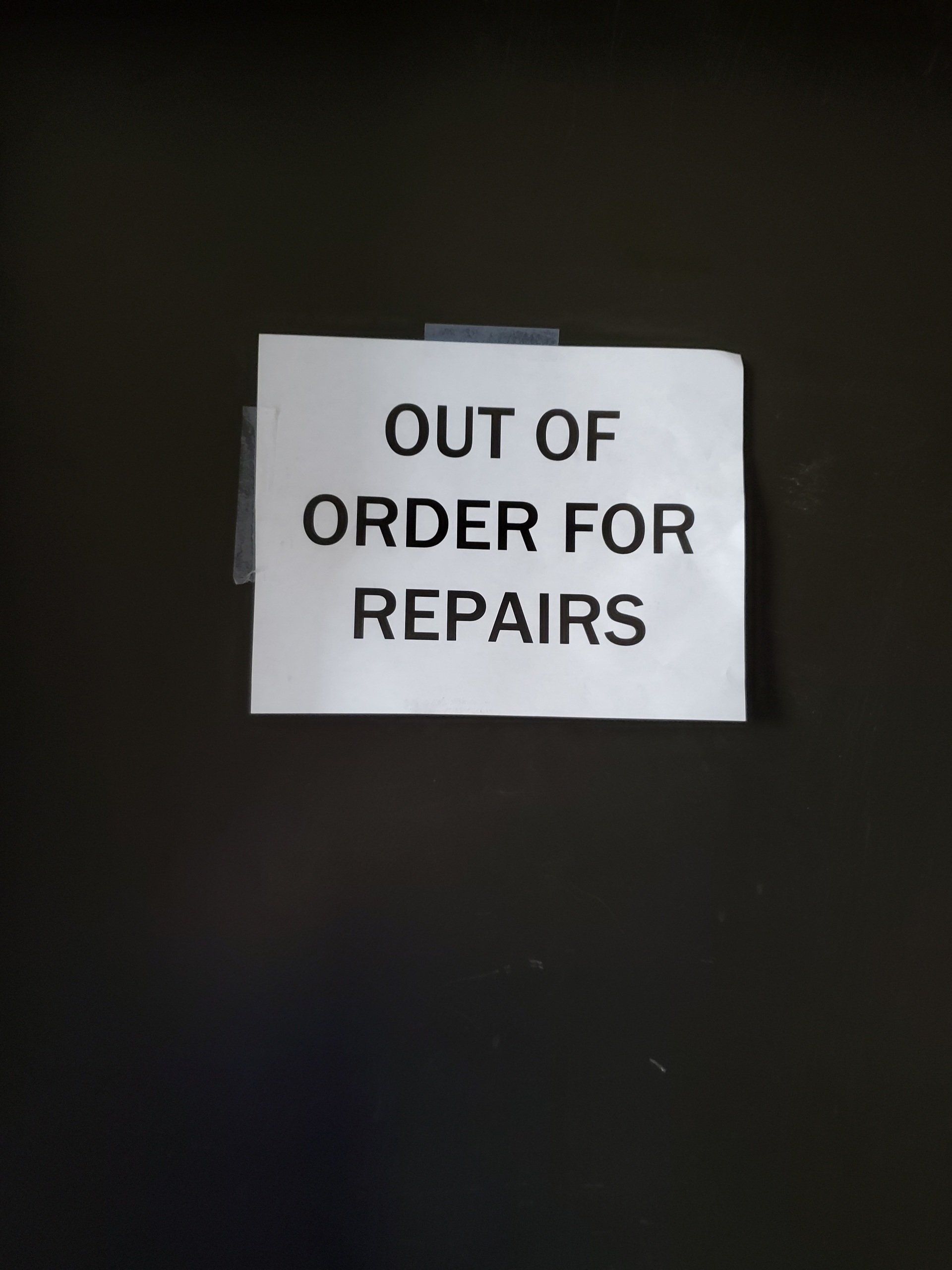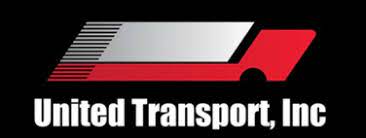Avoid Hitting Stationary Objects
Avoid Hitting Stationary Objects
One of the most preventable crashes is avoiding stationary objects. The first step in preventing these types of incidents is to recognize the hazards that can lead to a preventable crash and to take steps to avoid or lessen the hazards.
The first hazard to review is the environment. Parking lots, truck stops, rest areas and customer facilities are the most common places where stationary objects are struck. These are also the places where drivers spend a good portion of their time. Other areas that can be a hazard to drivers are bridges (know the height of your truck), sagging wires, building overhangs and road signs are all stationary objects that can be struck if the driver is not aware of their surroundings. Another hazard is the weather conditions, if visibility is low the driver's ability to see stationary objects that may be in their path is diminished.
The next hazard is the equipment itself. Commercial motor vehicles can have multiple blind spots that make it difficult for the driver to see certain objects in the area around the truck, even at low speeds. If the mirrors are dirty, damaged, or not in working order that can affect the driver's ability to see any potential hazards.
The third hazard is a driver's own personal behaviors. Distractions inside and outside of the truck are a risk factor anytime that the truck is moving. Driver's should ensure that they are getting out of the truck and inspecting their surroundings (around and above the truck) for stationary objects that could lead to a potential accident.
In order to lessen the risks of hitting a stationary object the following items can become a part of the driver's routine. Before parking, slow down when entering the area and take in the surroundings, avoid parking near stationary objects (if possible), try to eliminate all distractions (such as talking on the phone) in order to focus on driving. Make sure you know your truck's dimensions and look for anything that could strike the truck. Before parking - GET OUT AND LOOK (GOAL)!!! If spotters or traffic control is available - use them, especially if it involves backing across traffic lanes. Use the truck mirrors, but if the driver is uncertain they should get out and look. Again - limit distractions inside the truck as much as possible. When the driver is ready to leave the location - they should walk around the truck to make sure that the truck is in working order and to identify any new hazards.
There are many hazards on the road that can lead to an accident, but many accidents can be avoided by the driver's identifying hazards and responding appropriately.










